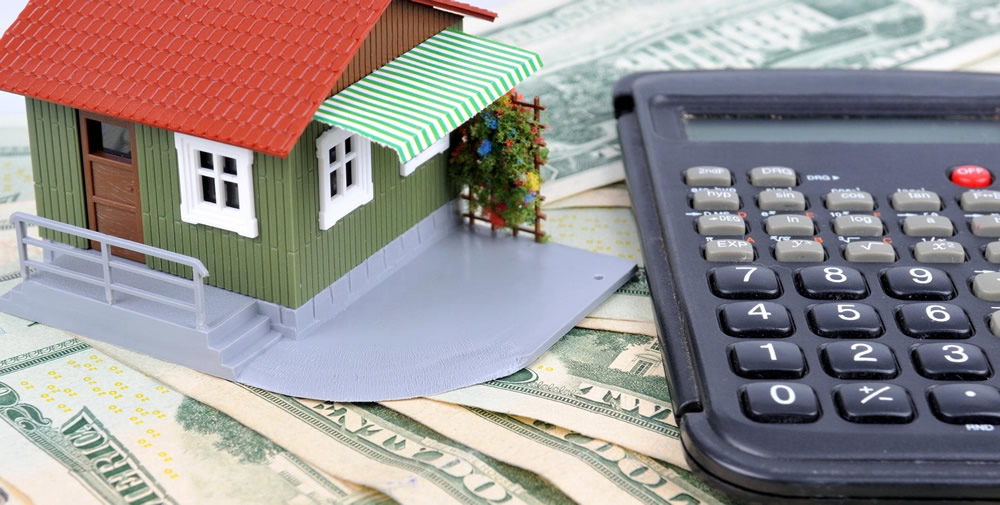

If you’re in the market for a new home, there are many things you need to figure out before you make the leap to homeownership. A big obstacle to consider when you want to buy a house is your down payment. The amount you need to put down on the house depends on several factors. We’ve created this guide to help you understand a down payment and how much you’ll need to make one.
A down payment is a payment made in cash at the onset of the purchase of an expensive good or service. It represents a percentage of the purchase price and is not refundable if the deal falls through because of the purchaser.
That said, a down payment is not the whole amount that will need to be settled with your title company at your closing time. In fact, you may elect to pay closing costs too.
In the past, it was common for home buyers to put down 20% of the home’s purchase price when using a conventional loan, and some lenders still prefer this minimum down payment amount. However, today many people put down less than 20%. This is partly due to the increase in home values, which makes the savings for a down payment more challenging, especially for first-time buyers.
A typical down payment to buy a house nowadays can be much lower than 20%, and in some cases, you may be able to find a loan with zero down.
While a 20% down payment is preferred by some lenders, your down payment may vary depending on the purchase price you pay for the house and who is providing the loan. For example, FHA loans may only require a 3% to 3.5% down payment, the minimum down payment you’ll likely find. Of course, the minimum down payment you make when buying a home can be anywhere between the highest down payment amount of 20% and the lower end of 3%.
As stated earlier, you can find loans that require no money down. Currently, the loans that come with zero down are VA loans and USDA loans, and these types of loans have strict guidelines that need to be met in order to qualify. If you don’t qualify for this type of mortgage, you can expect to pay at least 3% to 3.5%, which is more typical in other loan types.
These are some of the benefits associated with making a higher down payment that you should be aware of:
Interest on your mortgage is simple interest, meaning that your interest is not compounded or cannot gain interest on itself. Still, by making a larger down payment, you effectively reduce the amount you will ultimately pay for the home.
The following example uses and shows how putting different amounts down can lower your overall payment for your home, assuming a $250,000 loan. In the example below, we use a 30-year fixed-rate loan of 5%.
Taking out a loan for $250,000 would leave you with a mortgage-only payment of $1,342 per month. Over the life of that loan, if you paid your mortgage on time and put nothing else toward the loan’s principal, you would end up paying $483,139.
We will now run the numbers with a 5%, 10%, and 20% down payment.
Depending on which down payment you make, you would save $24,157, $48,313, or $96,627, respectively. That is almost a 100% return on your investment.
Lenders are more likely to give you a better interest rate when you put down 20% compared to 5%.
It doesn’t take a math whiz to realize that you will be required to pay less each month because paying a bigger down payment lowers the total loan amount, and you’ll end up paying less interest. When comparing a 5% and 20% down payment on a $200,000 home, you can easily see that the higher down payment lowers your monthly mortgage significantly.
This one may be a little more mythical than numerical, but it still carries weight. When faced with the decision between two offers on their home, where the only difference is the amount of the down payment, a seller is much more likely to choose the offer with the higher down payment. This is because the buyer putting down more looks more credible in the seller’s eyes and is less likely to have problems throughout the loan process.
This is even more true when looking to purchase a home in a competitive market at a competitive price point.
Here’s a list of pros to consider if you’d like to make a smaller down payment:
Saving to buy a home is difficult. It can be very slow-going and painful.
When you are trying to purchase a home, the last thing you want to do is wait years and years to build up enough in a savings account for a large down payment. By putting less down, you will be able to get into a home more quickly.
All things being equal, by putting less money toward your down payment, you will be able to keep more in your savings account. This means that if anything were to happen to your income stream, you wouldn’t be as at risk of defaulting on your home loan.